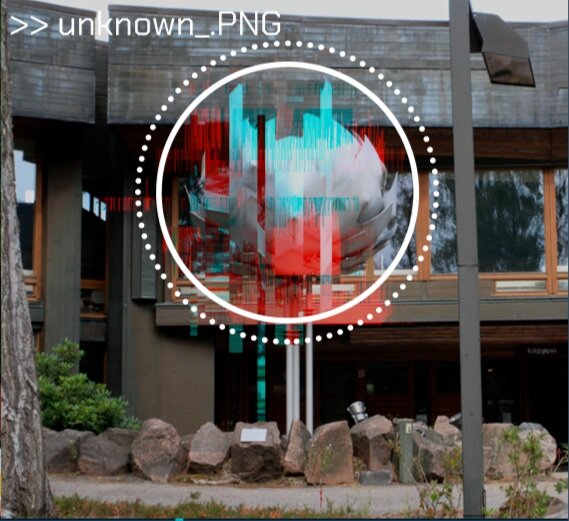Energy On Campus - AR location based game
Improving engagement through interactivity
Disclaimer: The engine the game was developed in, ARIS, is no longer supported and the article was written retroactively. Access to in-game screenshots was limited so the article features mainly images during the visual development stage.

What is Energy On Campus?
During the Summer of 2019 myself and three other Aalto University students were employed to polish and wrap up an AR location based mobile game with the Augmented Reality Interactive Storytelling (ARIS) engine.
The game presents the topic of how sustainable energy production is handled at Aalto University’s Otaniemi campus. It mainly serves as an activity during orientation week for the students in the Mechanical Engineering Department. As they would have basic knowledge about energy production, the game would serve to let them know more about how the topic is tackled at Aalto University, and encourage them to explore the campus area.
My personal contribution to the project concerned redesigning the interactivity i.e. designing minigames, and updating the tutorial to improve onboarding. This page will present the the work done in designing the interactivity and minigames.
The Story
The player is contacted by a researcher through an app called the Aalto Future App. The researcher wants help in recovering energy-related data from the past, which has been lost or corrupted in the future. However the researcher’s connection to the present day is unstable, and the communication is sometimes unclear. Therefore data often needs reconstruction before being sent.
The player helps the researcher from the future collect energy-related research and thus help improve the future. In the conclusion, the players are shown an updated vision of the future seeing how their actions have made an impact.
The in-game image shows the researcher from the future who contacts the player for help.
Updating the core loop
The core loop for Energy on Campus centers on entering and analysing a location on campus. The updated version changes the fourth step of the loop from a passive ‘Search’ step to an active ‘Play’.
Original 2018 loop
In the 2018 version, the game presented little to no interaction. It simply required the player to walk around reading and analysing information.
First of all, players stated they just wanted to get through the text, so they never read the overwhelming amounts of information. They still managed to solve the puzzle as the key words were written in bold.
Second, they would understand what the glitchy image shown at the Enter stage represented, but due to being non-native English speakers, many wouldn’t know what to call the specific object (e.g. wind turbine).
Updated 2019 loop
In the new 2019 version, we engage the player and guide them through the puzzle via minigames as can be seen in the Play stage. They are specifically aimed at solving the problems introduced in the previous paragraph (the players not reading the information and the struggles encountered by non-native English speakers).

THE MINIGAMES
Something that needed to be taken into account while designing the minigames, is that not all the players are gamers. Therefore, the interaction would have to be based on games that would be widely popular and understandable. To this end I researched paper and digital games and took inspiration from them.
After the implementation of the minigames and testing sessions, the minigames revealed to be effective in solving the identified problems.
WORD SEARCH
Problem: Players recognize the object in the glitchy image, but do not know exactly what it’s called in English.
Solution: A minigame which can guide the players towards the correct term. They are presented with blocks of letters which, when connected correctly, reveal the name of the object. There is no fail state, so the player can attempt multiple times.
Step 1
Player is presented with a glitchy image.
Step 2
Player finds the term of the object in a word search type game (image of an early visualization by graphic designer).
INFORMATION SCRAMBLE
Problem: When players are presented with walls of text, they only read the bold terms and nothing else.
Solution: The text is now reduced and simplified, but contains some missing letters. In order to complete the words, players have to read carefully and understand the broader context to know which letters are missing. The rest of the text isn’t accessible until the words in the previous paragraph are completed.
At the bottom of the screen there are six letter buttons, which can be clicked to fill in the missing letter. When the word is correct, it becomes part of the text. When incorrect, it highlights in red.







